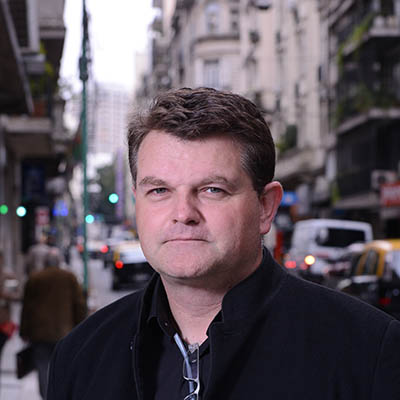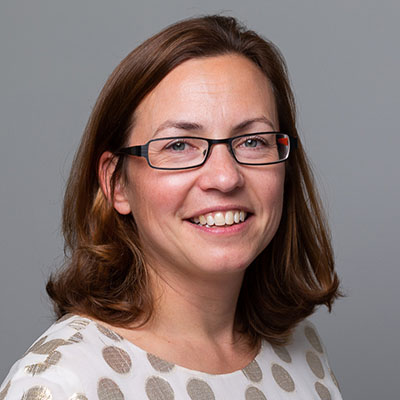Tyler Ebanja

Tyler Ebanja, Architect, Umeå, Sweden
What inspired you to want a life in Architecture and the creative industries?
Since the age of 10, my passion for architecture has been deeply rooted in my upbringing in the vibrant and diverse neighbourhoods of Tottenham and Hackney in London. The city itself became my playground of inspiration, with its eclectic mix of architectural styles reflecting the cultural mosaic that surrounded me daily. The aesthetic diversity of London’s buildings fascinated me, and from a young age, I knew I wanted to contribute to shaping such an environment.
Growing up in a family deeply connected to the property, architecture, and construction industry further fuelled my ambition. My father’s roles as an estate agent and surveyor, coupled with my grandad and grandma’s involvement in property development, placemaking, community engagement, and regeneration, provided me with a rich immersion into the multifaceted aspects of the built environment.
As I matured, my appreciation for architecture expanded beyond aesthetics. I began to recognise the pivotal role architecture plays in fostering diversity, empowering local communities, and providing agency in the built environment. Witnessing my grandma’s work in placemaking and community engagement underscored the transformative power of thoughtful architectural design in enhancing the quality of life for residents.
In essence, my journey into architecture and the creative industries has been a convergence of personal passion, familial influence, and a growing awareness of the profound impact architecture can have on people’s lives and communities. I am driven not only by a desire for a piece of London’s architectural pie but also by a commitment to contribute meaningfully to the inclusive, dynamic, and transformative potential of the built environment.
Who inspired you in finding your path to Architecture and the creative industries?
The primary source of inspiration that guided me towards a path in architecture and the creative industries is undeniably my grandmother. Her remarkable journey, marked by resilience and a commitment to positive change, has been a constant source of motivation in my life. Growing up as one of two mixed-race children in Witney, Oxfordshire, she faced adversity, but her determination to overcome challenges and contribute meaningfully to her surroundings has been truly inspiring.
My grandmother’s pivotal role in regeneration, placemaking, and community engagement within London has significantly shaped my aspirations. I vividly remember a moment from my childhood when, during a car ride, I fell asleep and awoke to London’s cityscape through the Sunroof. It was then that she shared a profound insight, expressing her belief that I would become an architect. This moment has stayed with me, serving as a catalyst for my passion for the built environment.
Her dedication to understanding the intersection of politics and urban development has ignited my interest in the broader societal impact of architecture. We engage in ongoing conversations about the transformative power of design and the role of politics in shaping our cities. As my grandmother has worked tirelessly to be an active influencer in London’s development, she has become more than a family member; she is my role model. While other influences, such as my grandad, dad, and teachers, have played their part, it is my grandmother’s unwavering commitment to positive change that continues to fuel my determination to follow in her footsteps and make a meaningful impact in the world of architecture and creative industries.
How you unlock obstacles and overcome bias in your work.
In navigating the challenges within my architectural journey, I strongly advocate for effecting change from within the system. I was constantly faced with racism and microaggressions during my first year of university as an Architecture student, I chose not to be a passive participant but an active force for transformation. I shifted to another course called Architectural and Interdisciplinary Studies, and it provided a fresh perspective, emphasizing the importance of diverse ideas and perspectives in architectural education.
The pivotal moment in 2020, following the BLM movement, prompted a discussion on race within the Architecture School. Sharing my experiences during this dialogue marked the beginning of my proactive involvement in reshaping the institutional landscape. Ongoing consultations with senior staff allowed me to advocate for tangible changes addressing racial disparities.
Publicly addressing a racist studio brief and dedicating my final year thesis to the exploration of racism within architectural education showcased my commitment to challenging existing norms. Assuming the role of President of the Architectural Society provided a platform for organising events fostering diversity and inclusivity.
In conclusion, my journey underscores the importance of changing the system from within. Beyond being a participant, active engagement and commitment to reshaping existing structures are essential. Through addressing biases, advocating for change, and fostering inclusivity, architects can contribute to a more progressive and equitable future. As both participants and shapers of the built environment, our responsibility extends beyond physical spaces to actively shaping the social and cultural landscape of the architectural profession.
What improvements you feel are required to promote effective change in the academic and working environment?
To promote effective change in the academic and working environment within architectural education, a fundamental transformation is needed. The key improvement lies in fostering diversity at all levels. This necessitates a significant increase in the representation of People of Color (POC) among lecturers, senior staff, and administration. A diverse faculty brings a variety of perspectives, enriching the learning experience and challenging the dominance of Western-centric ideologies.Moreover, architectural education should transcend the confines of the Western Canon. Embracing a global perspective entails learning about a diverse array of architectures, histories, and styles, acknowledging that valuable lessons extend beyond Eurocentric traditions. The curriculum must reflect the pluralism inherent in architectural practices worldwide.
Shifting the focus from purely aesthetic concerns to socially relevant issues is imperative. Architectural education should instil a sense of responsibility in students, emphasising the intersection of design with societal challenges. This involves a departure from the fixation on ‘pretty drawings’ and aesthetics towards a curriculum that addresses contemporary social issues.Interdisciplinary collaboration should be at the forefront of architectural education. Discarding the notion of the “Starchitect,” a more collaborative and inclusive approach must be cultivated. Students, regardless of racial, class, or cultural backgrounds, should feel safe, included, and heard by faculty and tutors. Creating an environment where diverse voices are not only welcomed but actively sought out contributes to a richer educational experience.
In conclusion, effective change in architectural education requires embracing diversity, expanding the curriculum beyond Western-centric perspectives, focusing on socially relevant issues, and fostering a collaborative and inclusive environment. By implementing these improvements, academic and working environments can become more representative, inclusive, and responsive to the evolving needs of the architectural profession.














